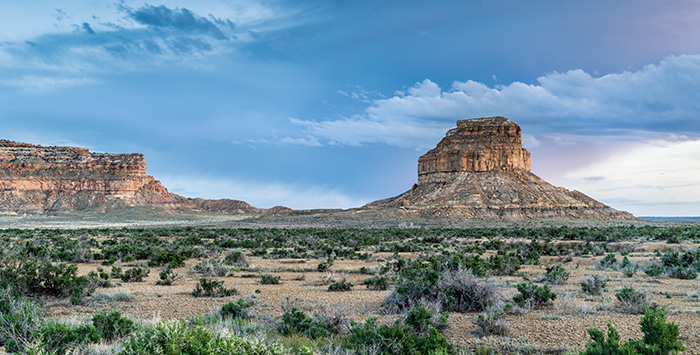

American Indians and Alaska Natives (AI/AN) benefit from the Affordable Care Act’s (ACA) expanded coverage. Most American Indians/Alaska Natives are eligible for either expanded Medicaid or premium tax credits (subsidies) in the Marketplace/exchange. 1 Some states still haven’t expanded Medicaid under the ACA, but nine of the ten states with the largest AI/AN populations 2 – all but Wyoming – have expanded Medicaid.
American Indians and Alaska Natives who apply for coverage via HealthCare.gov or a state-run exchange/Marketplace and who have an income of at least 100% and less than 300% of the federal poverty level do not have to pay cost-sharing (deductibles, copays, and coinsurance) on any Marketplace plan (note that in states that have expanded Medicaid, Medicaid is available to households with income up to 138% of the poverty level, so eligibility for subsidized Marketplace plans starts above that level rather than 100% of the poverty level. Note also that the prior year’s federal poverty level numbers are used to determine eligibility for Marketplace premium tax credits and cost-sharing reductions, including AI/AN cost-sharing reductions.
An AI/AN is also exempt from cost sharing for any health services received directly from IHS (Indian Health Service), Indian tribe, tribal organization, urban Indian organization or through the Contract Health Service program (Purchased/Referred Care Program, or PRC).
To qualify, you must be a member of a recognized Indian tribe, band, or nation, according to the Indian Healthcare Improvement Act, or a shareholder in an Alaska Native Claims Settlement Act corporation (ANCSA shareholders). 3
Until late 2017, the federal government reimbursed insurers for the cost of providing $0 cost-sharing to eligible AI/AN enrollees. But that was part of the cost-sharing reduction (CSR) program, and CSR funding was cut off by the Trump administration in October 2017. 4 The Center for Medicare & Medicaid Services (CMS) confirmed that funding to cover the elimination of cost-sharing for eligible AI/AN populations was eliminated along with the rest of the CSR program’s funding.
To be clear, American Indians and Alaska Natives are still eligible for $0 cost-sharing if their income doesn’t exceed 300% of the federal poverty level. (In the lower 48 states, that’s $74,580 for a family of three in 2024. The limits are higher in Alaska and Hawaii. 5 ) But the federal government is no longer reimbursing insurers for providing that benefit. Insurers in most states have added the cost of CSR to premiums (typically, Silver-plan premiums) since 2018.
AI/ANs are also eligible for the same premium tax credits (premium subsidies) that are available to other Marketplace enrollees, including the subsidy enhancements under the American Rescue Plan and Inflation Reduction Act.
During the open enrollment period for 2023 health coverage, 66,016 American Indians and Alaska Natives enrolled in coverage through the health insurance Marketplaces nationwide (excluding Idaho and DC, where data were not reported). 6 But there are rolling monthly open enrollment periods throughout the year for AI/AN individuals who wish to enroll in the exchanges. They are not limited to enrolling during open enrollment, and can switch to a different plan as often as once per month. 3
If an AI/AN household includes some members who are not AI/AN, the entire household can enroll in Marketplace coverage, utilizing the ongoing special enrollment period for AI/AN enrollees. But the other household members are not eligible for the zero cost sharing that’s available to AI/ANs with household income up to 300% FPL. 3
American Indians and Alaska Natives who are eligible for Medicaid or CHIP have some special protections under federal law:
The ACA also made the 1976 Indian Health Care Improvement Act permanent, which enhances and improves the Indian Health Service (IHS). AI/AN populations have access to free healthcare via IHS, but the services provided by IHS are not all-encompassing or available in all locations. 9 So it’s not uncommon for people to also need care outside of the IHS system.
In addition, many people who qualify for tribal care live far from IHS facilities, making them an unrealistic option for health care. So even though AI/ANs can get care through IHS, it’s often beneficial to enroll in coverage through the exchange if they can afford to do so. AI/ANs who enroll in Marketplace coverage can continue to receive care from IHS facilities, but they also have access to providers who are in the Marketplace plan’s network. 3
Louise Norris is an individual health insurance broker who has been writing about health insurance and health reform since 2006. She has written dozens of opinions and educational pieces about the Affordable Care Act for healthinsurance.org.